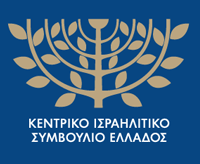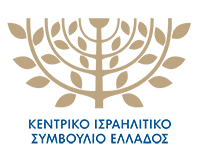ISRAELI COMMUNITY OF TRIKALA
BRIEF HISTORY
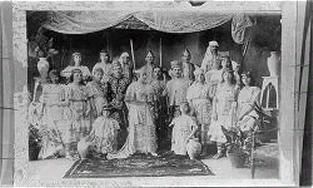 The presence of Jews in Trikala is mentioned in sources from the Byzantine period. The significant increase in their population occurred with the settlement of Spanish Jews - "Sefaradim" - in 1492, while later they were joined by immigrants from Valona, Portugal, as well as from Sicily.
The presence of Jews in Trikala is mentioned in sources from the Byzantine period. The significant increase in their population occurred with the settlement of Spanish Jews - "Sefaradim" - in 1492, while later they were joined by immigrants from Valona, Portugal, as well as from Sicily.
A number of Jews were also transported by the Turks, when they returned from their campaign in Hungary - in 1545 - and settled them in Trikala and other Greek cities. The local Jews preserved the "Romanian" character of the Community and historians refer to the Jewish quarter with its Synagogues. During the fire of the city - on 11.7.1749 - the Jewish quarter and the Synagogues were heavily damaged. This was followed by the "Orlovic" events of the Albanians - on 14.7.1770 - during which looting and destruction took place, as well as the capture of a large number of citizens, including Jews.
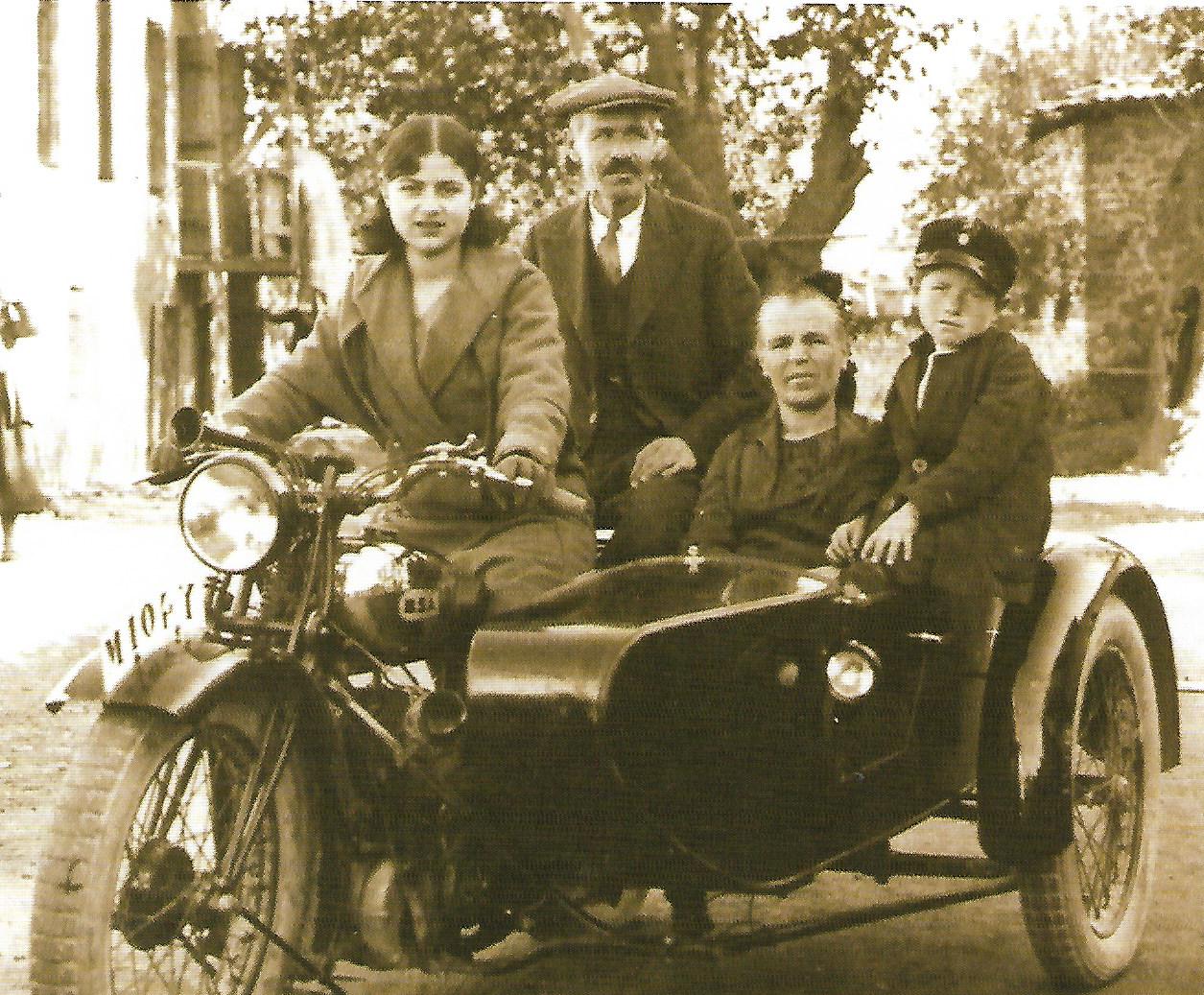
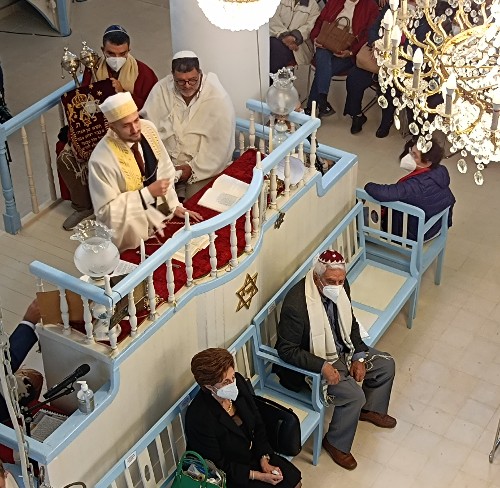 In 1873 the Community had 400 members. The city was liberated from the Turkish yoke on 23.8.1881. The 1907 census recorded 110 Jewish families, 265 men and 294 women.
In 1873 the Community had 400 members. The city was liberated from the Turkish yoke on 23.8.1881. The 1907 census recorded 110 Jewish families, 265 men and 294 women.
At times there were fluctuations in the number of the Jewish population. The newspapers of the time often refer to the contribution of the Jews to the economic, social and cultural development of the city, noting the peaceful coexistence with their fellow citizens.
SYNAGOGUES

 Inside the old Jewish quarter there were the Synagogues of the Romanites, Sephardim and Ashkenazim. Each one maintained its autonomy and the particular religious traditions of the origin of the believers. The large "Kal Kantos Yevanim" Synagogue, on Athan Street. Diakou, due to its age, was demolished in 1930 and a new one was rebuilt in its place.
Inside the old Jewish quarter there were the Synagogues of the Romanites, Sephardim and Ashkenazim. Each one maintained its autonomy and the particular religious traditions of the origin of the believers. The large "Kal Kantos Yevanim" Synagogue, on Athan Street. Diakou, due to its age, was demolished in 1930 and a new one was rebuilt in its place.
During World War II, the Germans turned it into a stable and ransacked it.
It was repaired after the War but was badly damaged by the earthquakes of 1954. It was repaired again and inaugurated on 16.6. 1957 and has been operating ever since.
The signs of time became visible again in the historic building from the 1990s. In 2016 it was decided to close the Synagogue to the public. The restoration work took place between 2017 – 2019. Due to the pandemic that occurred, the Synagogue was inaugurated in October 2022.
The smaller stone-built Synagogue on Kondyli Street was severely damaged by the Germans and also during the earthquakes of 1954. A part of its plot was cleared by the Municipality for the opening of a road and in the remaining part an apartment building was built to house earthquake-affected Israelites.
In the Synagogues, Rabbi Yosef Yakoel, El Yatson - Ilias Rousso and Raphael Felous ordained.
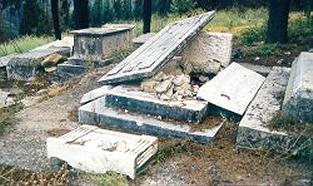 CEMETERY
CEMETERY
It is located on a hill northwest of the city near the national road Trikala - Kalambakas. It has an area of 15.000 square meters. meters and includes more than 800 graves. Among them there are also a few tombstones which date from more than 450 years. From 1995 onwards, there have been vandalisms and burials. In the cemetery, works were carried out to repair the damage, preserve the monuments and renovate the surrounding area.
JEWISH SCHOOL
Publications of the time mention the existence, since 1913, of a privately owned Community school with 70 students. Its operation lasted until the first post-war years, when it ceased to function. In the last years, Leon Pesach, the Bior couple and Nissim Venouziou taught in this.
ASSOCIATES
Various Associations and Committees functioned within the Community. A local newspaper of 17.3.1884 refers to an Israeli Charity Association, with the aim of helping the needy, performing charitable acts and educating needy students. Iosif Sidis was the president and Isaac Levis, Raphael Moises and Geuda Atun were members of the Council. In 1902, the charitable association "Ezdra Betarot" was founded, which developed great activity. Also mentioned are the Associations - Committees "Bikur Holim", "Hevra Kadisha" as well as the strong presence of the Zionist Association "Eretz - Zion" ("Land of Zion"), which in collaboration with the brother Associations of Volos and Larissa published the magazine "Israel". The then active young men Asher Moises and Yomtov Yakoel pioneered the establishment and operation of this Association.
PROFESSIONS
The Jews of Trikala were engaged in the production of woolen, cotton, silk and linen fabrics from the 16th century onwards. For a long time they maintained the "monopoly" of wine while in later years until recently they were engaged in trade, handicrafts and various other professions. Some of them rose to prominence in the professional arena, distinguished themselves as great merchants, bankers, and moneylenders. They were pious and kept the Sabbath. Their philanthropy was not limited only to the area of the Jewish Community but also to the wider city, supporting with their donations the establishment of a Hospital, a Gymnasium and the endowment of needy girls. It should also be mentioned, the participation of the Jews in the national struggles, in the two World Wars, as well as in the National Resistance, paying a corresponding blood tax.
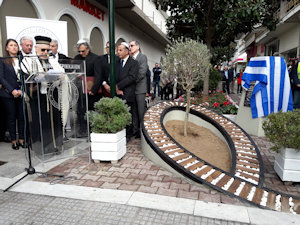 POSSESSION - PROSECUTION
POSSESSION - PROSECUTION
After the collapse of Italy in 1943, and after a period of calm during the German Occupation, on the night of March 23-24, 1944, the Nazis arrested 139 Jews (out of the 520 then living in Trikala), who could not escape and the led to Hitler's camps where most were exterminated. The Community lost 31% of its population. After the war, 10 hostages returned.
POST-WAR
The reconstruction of the Community was achieved thanks to the coordination of the Central Israel Council and the large contribution of the charity "American Joyd". After the war, the Community numbered 270 members, some of whom gradually settled in other cities. Today the Community has 40 people. Despite its current small numerical potential, the Trikala Community continues its centuries-old historical course. In 2018, a Holocaust Memorial for the Jews of Trikala who were exterminated by the Nazis was erected on the pedestrian street of Plutonos Street, at the beginning of the old Jewish quarter.
